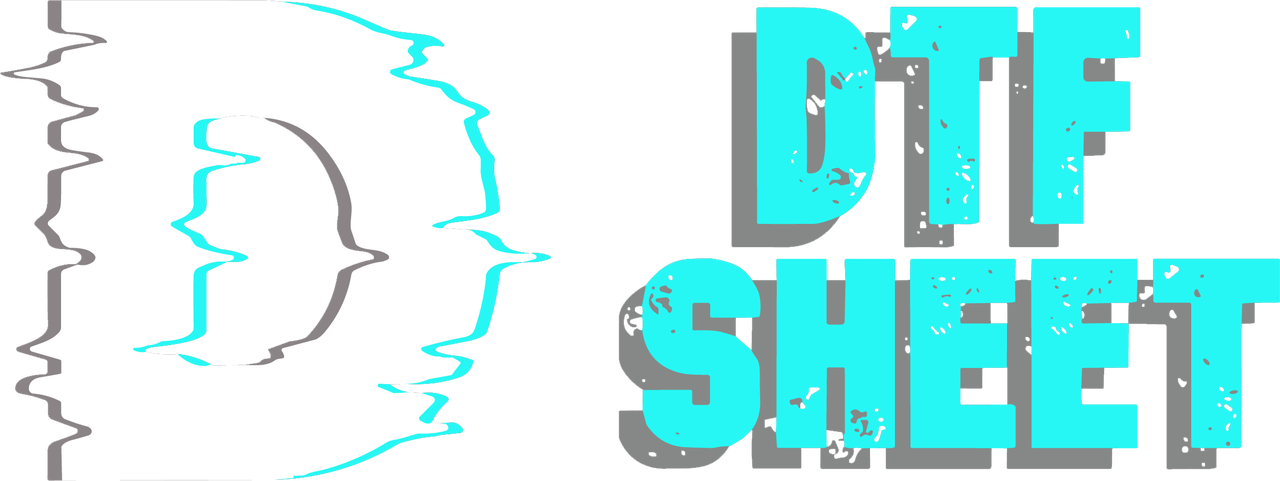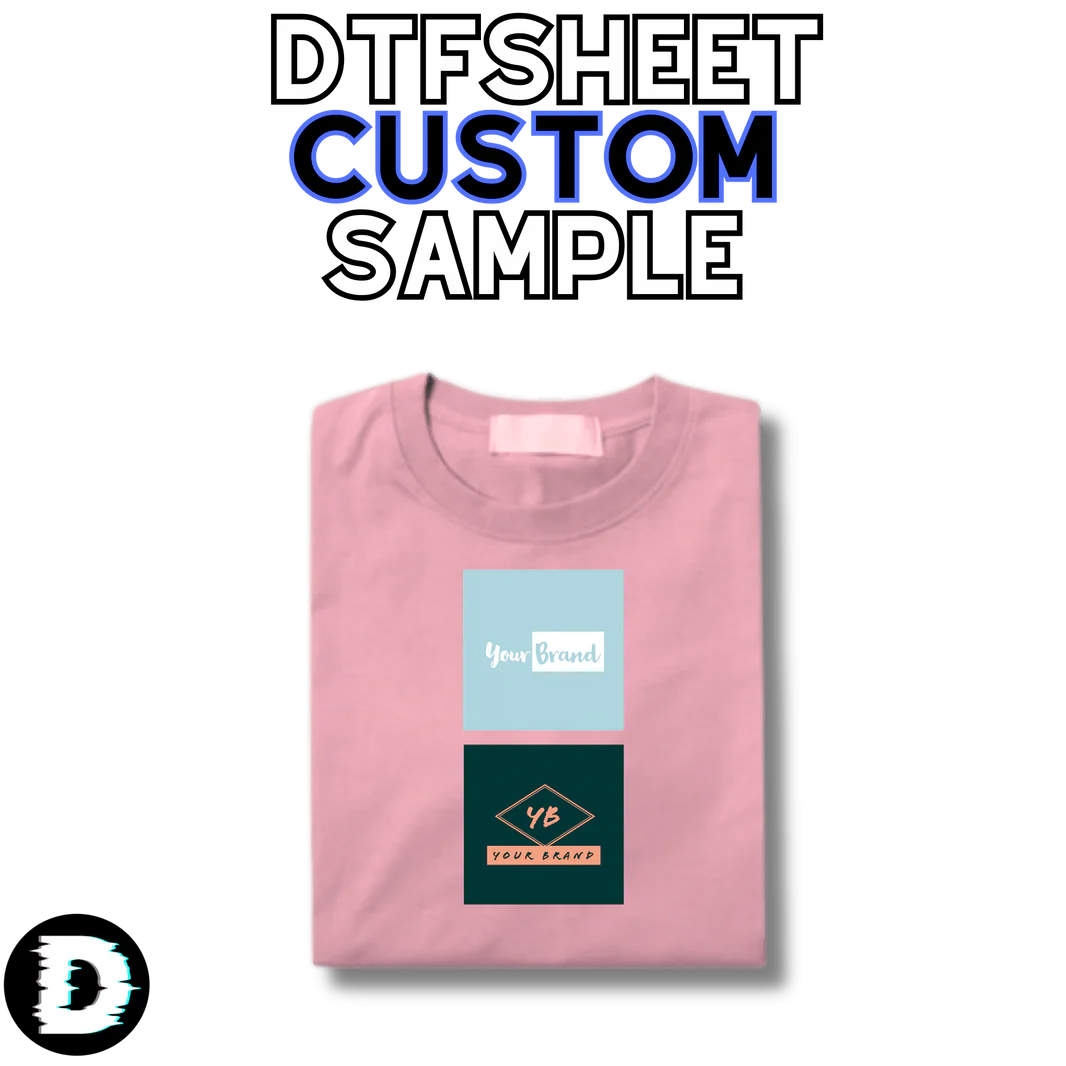DTF technology is one of the most frequently used techniques in the printing industry. This printing technique, which is generally suitable for fabrics and textile materials, has a flexible usage area. Depending on the characteristics of the DTF printer and DTF transfer film, the types of fabrics to be used may vary. Therefore, before applying it directly to the fabric, you should know which fabric it is suitable for. You can learn this from the printing manufacturer's instructions. Below we will provide comprehensive information about the types of fabrics for which DTF printing is used.
Polyester
Polyester is one of the fabrics where DTF printing is most commonly applied. Polyester is especially used in the most commonly used clothes in daily life such as sports, swimwear and outerwear. Since it has high elasticity and recovery properties, it is wrinkle resistant. For this reason, it is printed on it in the best way during the printing process without wrinkling and making things difficult.
Since acids and alkalis have no effect on polyester fabric, it is resistant to mold and insects. Sublimation printing can also be applied on this fabric. However, it is not always applied because it is limited to light colors. But DTF printing can be practically applied on this print without any color limitation. It is also easy to clean and does not require any effort.
Denim
Denim is known as a thicker cotton fabric that consists of a dyed yarn. This fabric is particularly available in blue. Usually jeans are made from denim fabric. DTF printing can therefore be applied on many pieces of clothing such as jeans, denim shirts and denim jackets.
Some denim fabrics are soft and some are hard. Some may even have a delicate texture, while others may have a coarse fabric. DTF printing on denim fabric made of combed yarn can be applied easily and effectively.
Silk
Silk is known as the typical protein fiber derived from the shells of mysterious crawling larvae. Because it is a strong fiber, it has a high tensile strength. Therefore, it can withstand great pressure and is also used as a kind of fabric in the textile industry. Silk texture is one of the most preferred fabrics as it has a shimmering appearance. It is no coincidence to see that this fabric, which is frequently used in the textile industry, is also used in DTF transfer.
Leather
One of the types of fabric for which DTF transfer is suitable is leather. Many people have received positive results from prints applied to leather fabrics. Many kinds of prints can be made even on bags, belts, clothes and shoes. Since the print can be stretched without cracking, it offers superior features in printing technologies.
Cotton
Cotton fabrics are also one of the most commonly used fabrics for DTF printing. Cotton, which is more comfortable than polyester fabrics, is used in textile products such as bedding and children's clothes. Therefore, DTF transfer is suitable for cotton fabrics used in clothing and home textiles.
Nylon
Nylon is a delicate fabric as it cannot be printed and dyed at high temperatures. Direct jet printing is used on such fabrics. Acid dyes can also be used, but these dyes may not be preferred due to color instability and poor color fastness. However, DTF is also known to offer effective results on nylon fabric.
Blends
Blended fabrics are also an application area for DTF printing. Especially for fabrics made from natural and synthetic fibers, such as cotton-polyester blends. Since the performance of each blend can vary, it may be better to test it before application.




























